Other
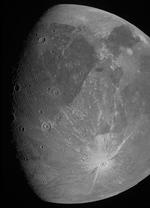
“The first two images from NASA Juno’s June 7, 2021, flyby of Jupiter’s giant moon Ganymede have been received on Earth. The photos – one from the Jupiter orbiter’s JunoCam imager and the other from its Stellar Reference …

“As a key partner in the mission, NASA provides the synthetic aperture radar, called VenSAR, to make high-resolution measurements of the planet’s surface features. On June 10, 2021, the European Space Agency (ESA) announced the selection of EnVision as …

“The science team is studying the clouds, which arrived earlier and formed higher than expected, to learn more about the Red Planet. Cloudy days are rare in the thin, dry atmosphere of Mars. Clouds are typically found at the planet …
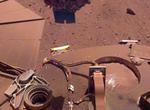
“The spacecraft successfully cleared some dust off its solar panels, helping to raise its energy and delay when it will need to switch off its science instruments. The team behind NASA’s InSight Mars lander has come up with an …

“On Monday, June 7, at 1:35 p.m. EDT (10:35 a.m. PDT), NASA’s Juno spacecraft will come within 645 miles (1,038 kilometers) of the surface of Jupiter’s largest moon, Ganymede. The flyby will be …
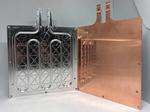
“A manufacturing innovation that has applications for NASA spacecraft is being transferred to the private sector to support a variety of industries here on Earth. A burst water main is always expensive and messy, but a pipe that fails in …
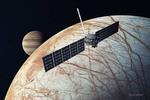
“Jupiter’s moon Europa has an icy crust covering a vast, global ocean. The rocky layer underneath may be hot enough to melt, leading to undersea volcanoes. New research and computer modeling show that volcanic activity may have occurred on …

“On the 91st Martian day, or sol, of NASA’s Mars 2020 Perseverance rover mission, the Ingenuity Mars Helicopter performed its sixth flight. The flight was designed to expand the flight envelope and demonstrate aerial-imaging capabilities by taking stereo images …
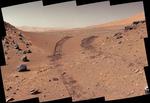
“A NASA team has found that organic, or carbon-containing, salts are likely present on Mars, with implications for the Red Planet’s past habitability. A NASA team has found that organic salts are likely present on Mars. Like shards of …

“In the sparse collection of atoms that fills interstellar space, Voyager 1 has measured a long-lasting series of waves where it previously only detected sporadic bursts. Until recently, every spacecraft in history had made all of its measurements inside our …
